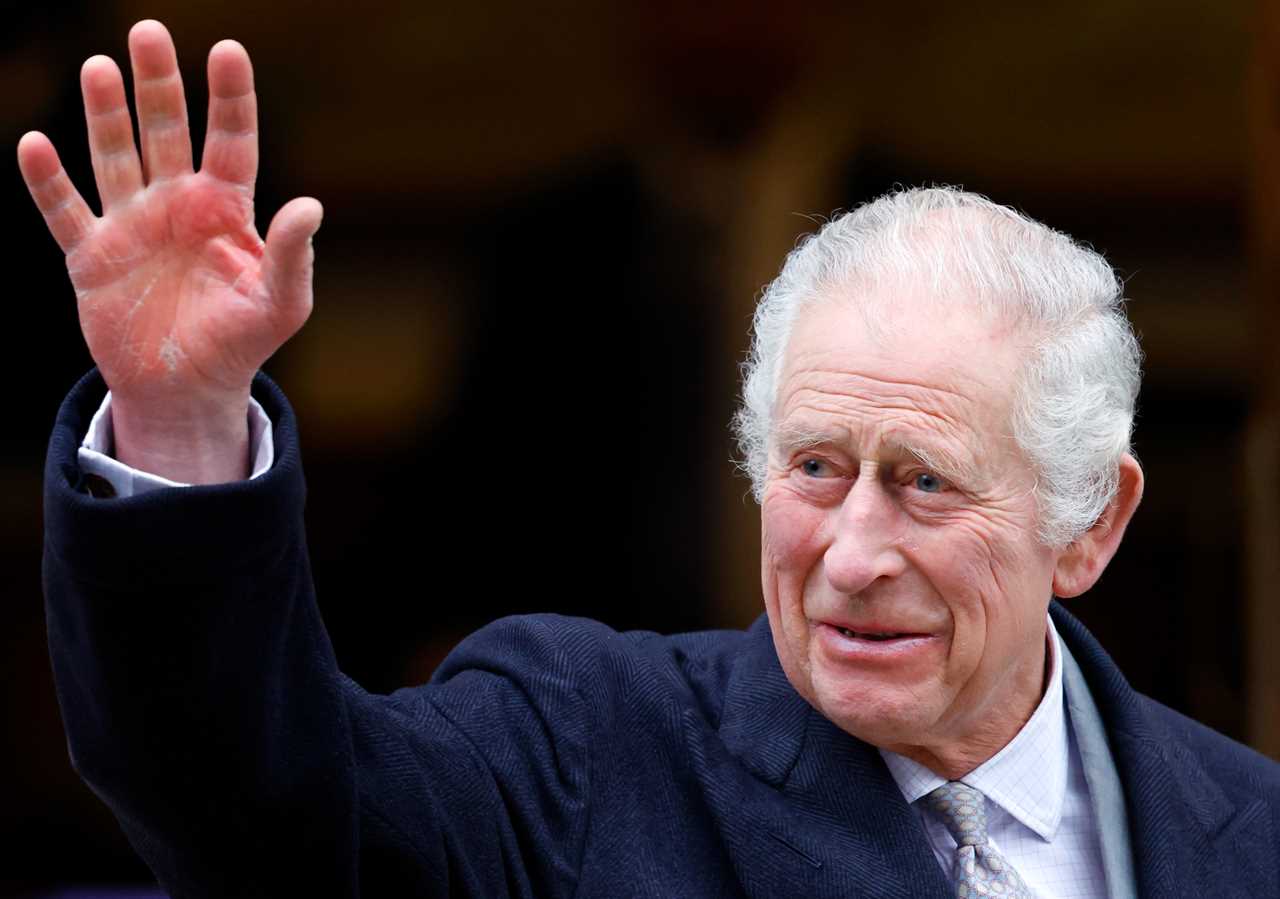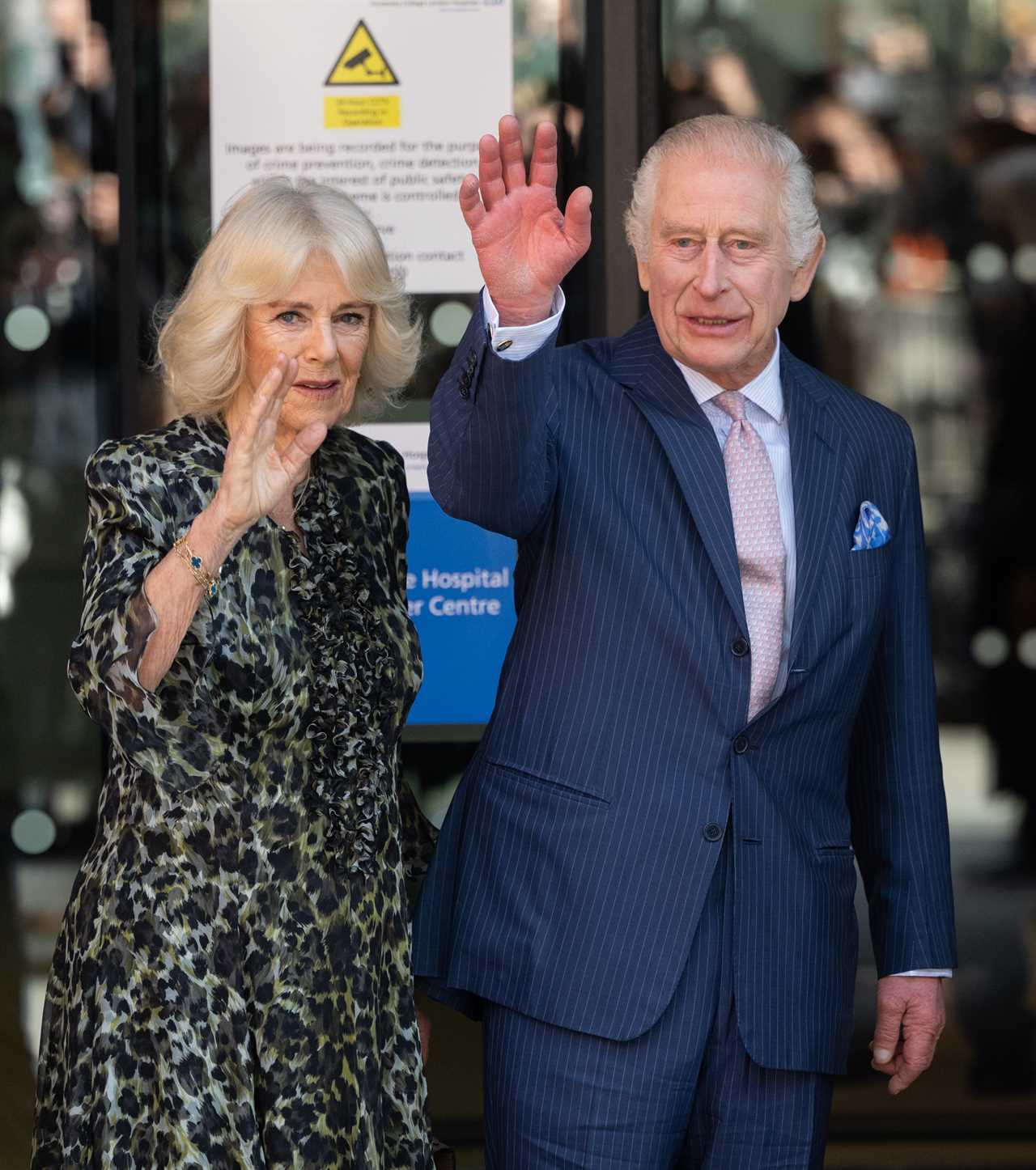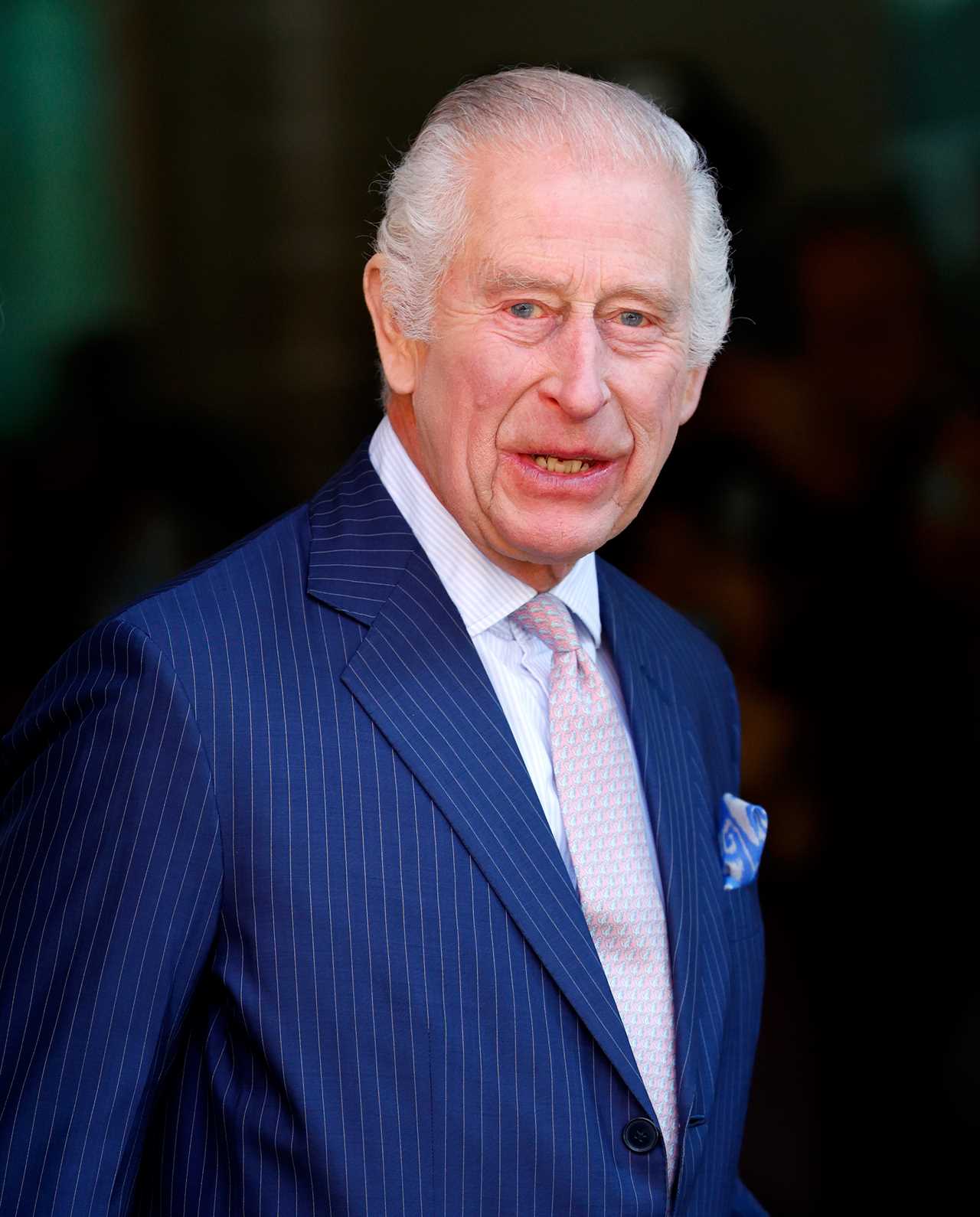
Monarch Returns Home After Hospital Visit
King Charles III has been admitted to the hospital following adverse reactions to his ongoing cancer treatment, Buckingham Palace has announced. The 76-year-old sovereign was swiftly transported to The London Clinic on Thursday afternoon after experiencing complications related to his therapy.
Agenda Disrupted as Royal Engagements Postponed
Due to his unexpected hospitalisation, King Charles has withdrawn from a series of engagements scheduled for Friday. The monarch's inability to attend these events has led to changes in the royal calendar, impacting official duties and planned meetings.
Palace Confirms Steady Progress in Treatment
Sources close to the royal household have indicated that the visit to the hospital was anticipated and that his medical treatment is progressing well. A spokesperson for Buckingham Palace stated, “Following scheduled and ongoing medical treatment for cancer this morning, The King experienced temporary side effects that required a short period of observation in hospital.”
King Charles Remains Active from Clarence House
After receiving medical attention, the King returned to Clarence House where he has continued his responsibilities. Reports suggest that he remains in good spirits, diligently working on State Papers and conducting calls from his study. His ability to maintain productivity despite recent health setbacks has been noted by those close to the monarch.

Impact on Upcoming Engagements and State Visit
Tomorrow’s schedule has also been affected, with the King’s engagements being rescheduled as a precautionary measure based on medical advice. A palace spokesman added, “His Majesty’s afternoon engagements were therefore postponed. His Majesty has now returned to Clarence House and, acting on medical advice, tomorrow’s diary programme will also be rescheduled.”
While some public appearances have been cancelled, Buckingham Palace remains optimistic about the continuation of the State Visit to Italy planned for April. Doctors are closely monitoring the King's health to ensure his full recovery before he undertakes international commitments.
Ongoing Battle Against Cancer
King Charles disclosed his cancer diagnosis last year, sparking public support and awareness. His condition was initially identified during routine tests for a prostate procedure in January, revealing an enlarged prostate and subsequent cancer diagnosis. Since then, the King has been undergoing treatment, balancing his health needs with his royal responsibilities.
Earlier this month, during a visit to Northern Ireland, King Charles spoke directly to cancer patients, offering encouragement and resilience. His message to “keep striving” resonated with many facing similar battles, highlighting his commitment to his role as a figure of strength and support.

Family Support and Future Plans
Queen Camilla remained at home during the King's hospital visit, providing support from Clarence House. The royal couple continues to navigate the challenges of King Charles’s health with grace and dedication. While today's schedule is being adjusted, the royal household does not anticipate major alterations to long-term plans, though a reduction in engagements may occur if necessary.
The Palace has expressed gratitude to the public for their understanding and support during this time. “His Majesty would like to send his apologies to all those who may be inconvenienced or disappointed as a result,” the spokesperson added, acknowledging the efforts of those involved in organizing the postponed events.
Looking Ahead
As King Charles III focuses on his recovery, the royal family remains steadfast in their duties and commitments. The ongoing treatment and swift response to recent side effects demonstrate the proactive approach being taken to ensure the monarch’s health and ability to lead. The UK watches closely, hopeful for the King’s full recovery and his continued service to the nation.
Frequently Asked Questions
What are the different types of royalty?
There are several types of royalty, including constitutional monarchs who have limited powers defined by a constitution, absolute monarchs who hold complete authority, and ceremonial monarchs who perform symbolic duties without governing powers.
How does one become a member of royalty?
Membership in royalty is typically hereditary, passed down through bloodlines. In some cases, individuals may marry into royal families, gaining titles and privileges associated with their spouse's lineage.
What are some famous royal families in history?
Some famous royal families include the British Royal Family, the House of Windsor, the House of Bourbon in France, and the Romanov family in Russia. Each has significantly influenced their respective nations and history.
Are there any countries without a royal family?
Yes, many countries operate as republics without a royal family. These nations typically have elected leaders and do not maintain a hereditary monarchy, although some may have historical ties to royalty.
What is the significance of royal titles?
Royal titles signify rank and status within the hierarchy of a royal family. They can also reflect the history and traditions of a nation, with titles such as king, queen, duke, and duchess carrying specific cultural meanings and responsibilities.
What is the historical significance of royalty?
Historically, royalty has played a pivotal role in shaping nations, influencing laws, and establishing social order. Monarchs often acted as mediators in conflicts and were seen as embodiments of their nation's identity and unity.
How do different cultures view royalty?
Different cultures have varied views on royalty, often shaped by history, religion, and societal norms. In some cultures, royalty is revered and seen as divine, while in others, it may be viewed with skepticism or as outdated.
Statistics
- In Thailand, the monarchy is deeply respected, with laws that prohibit criticism of the royal family, making it one of the strictest in the world regarding royal defamation.
- Some modern monarchs, such as Norway's King Harald V, have chosen to live modestly, with their annual income being largely funded by the state.
- In Spain, the monarchy was restored in 1975 after the dictatorship of Francisco Franco, and the current king, Felipe VI, ascended to the throne in 2014.
- Public engagements and charitable work by royal family members have been shown to improve public perceptions of the monarchy, as seen in various surveys across Europe.
- Royal weddings often attract massive global audiences, with the marriage of Prince Harry and Meghan Markle in 2018 drawing an estimated 29 million viewers in the United States alone.
- About 90% of monarchies today are constitutional, where the monarch's powers are limited by law or a constitution.
- The British Royal Family, one of the most recognized royal families, has an estimated annual expenditure of around £100 million.
- According to surveys, 60% of people in Canada support maintaining the monarchy as part of their national identity.
External Links
How To
How To Learn About Royal Etiquette
Learning about royal etiquette is essential for understanding the traditions and protocols associated with royalty. Start by researching the specific customs and rules that govern royal behavior in different cultures, as these can vary significantly. Key aspects include proper greetings, dress codes, and dining manners. Consider attending workshops or seminars that focus on etiquette, as they often provide practical guidance. Reading books or articles on the subject can also offer insights into the nuances of royal etiquette. Observing royal events and noting the behavior of royal family members can help reinforce your understanding of these important social norms.
 PoliticsRoyaltySoap OperaGamingMoneyPrivacy PolicyTerms And Conditions
PoliticsRoyaltySoap OperaGamingMoneyPrivacy PolicyTerms And Conditions
